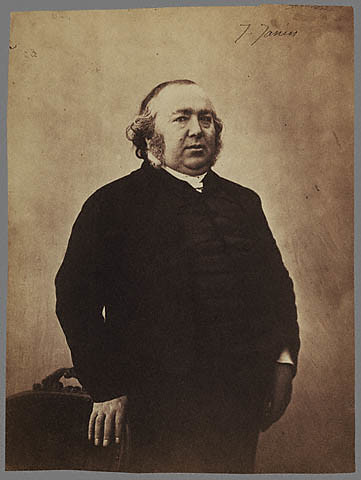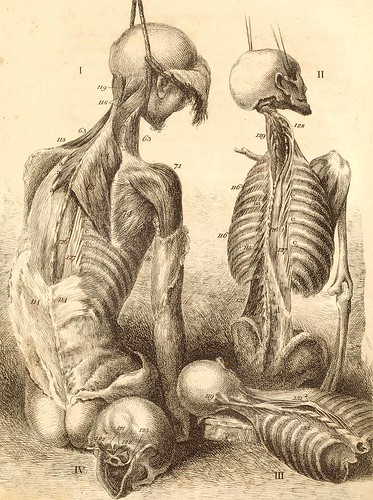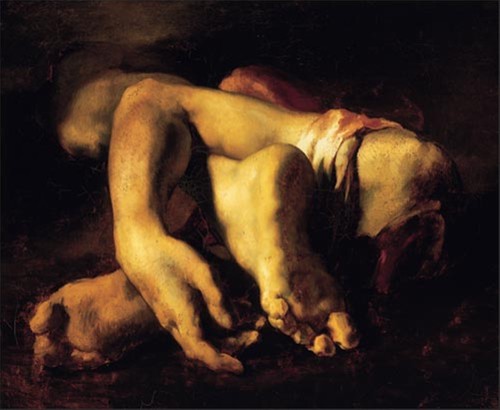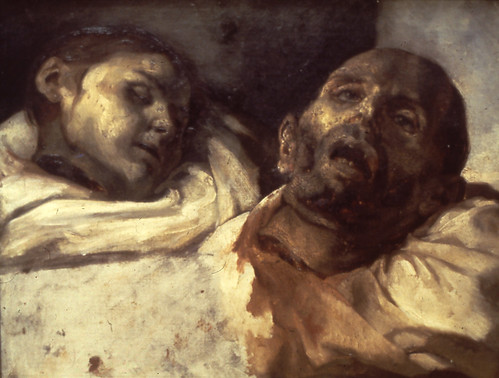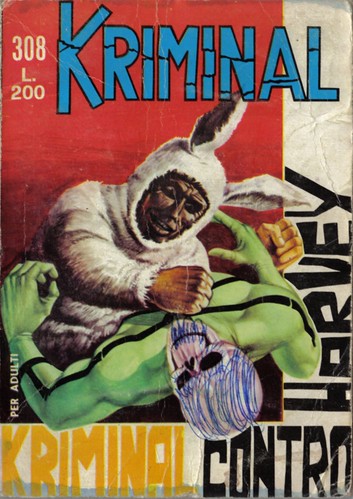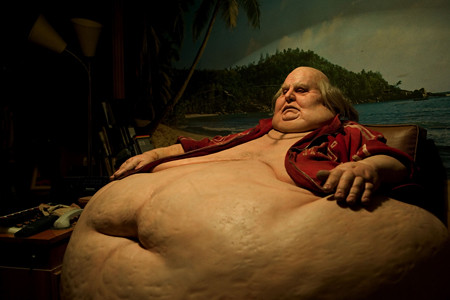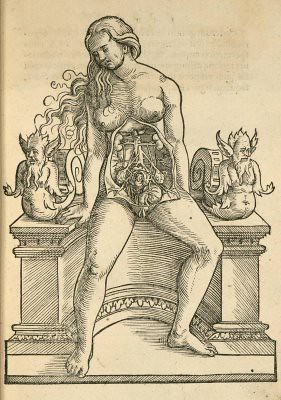Der Marquis de Sade translated by Pierre Klossowski
from Otto Flakeâs 1930 German original.
Der Marquis de Sade is said to have been one of the sources on which Peter Weiss based his play Marat/Sade.
Flake thanks Maurice Heine, Sade connoisseur and Vicomte de Noailles, owner of the original manuscript.
Marie-Laure and Charles
Arthur Anne Marie Charles (26 September 1891- 28 April 1981), better known as Vicomte de Noailles married Marie-Laure Bischoffsheim in 1923. They were famous art patrons and owned Villa Noailles built by Robert Mallet-Stevens between 1923 and 1933 in Hyères in the South of France.
Marie-Laure
 Marie-Laure, Vicomtesse de Noailles (31 October, 1902 – 29 January, 1970), was one of the 20th century‘s most daring and influential patrons of the arts, noted for her associations with Salvador DalÃ, Balthus, Jean Cocteau, Man Ray, Luis Bunuel, Francis Poulenc, Jean-Michel Frank and others as well as her tempestuous life and eccentric personality. She and her husband financed Ray’s film Mystery of the Chateau of Dice (1929), Poulenc’s Aubade (1929), Bunuel and Dali’s film L’Age d’Or (1930), and Cocteau’s The Blood of a Poet (1930).





